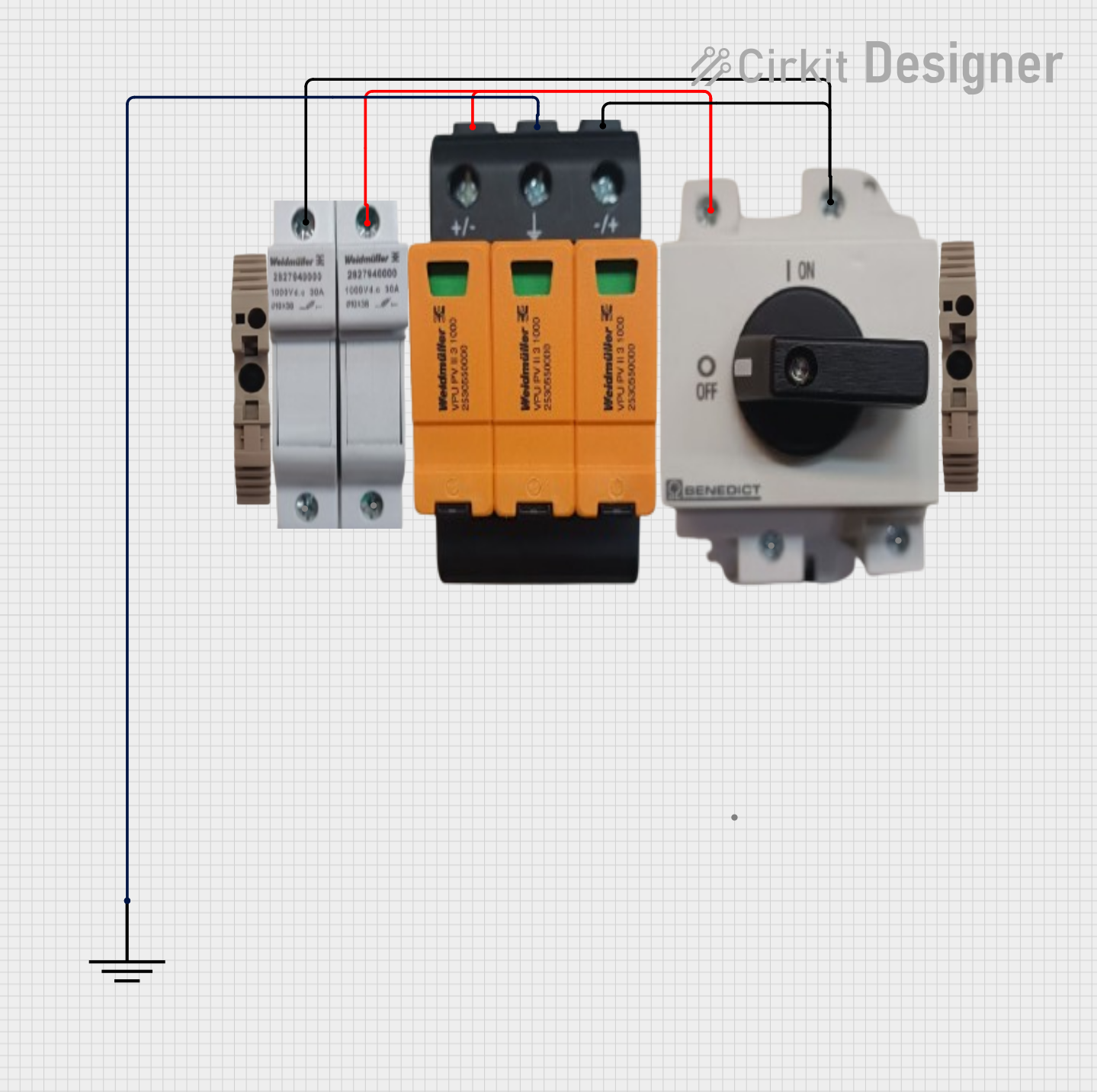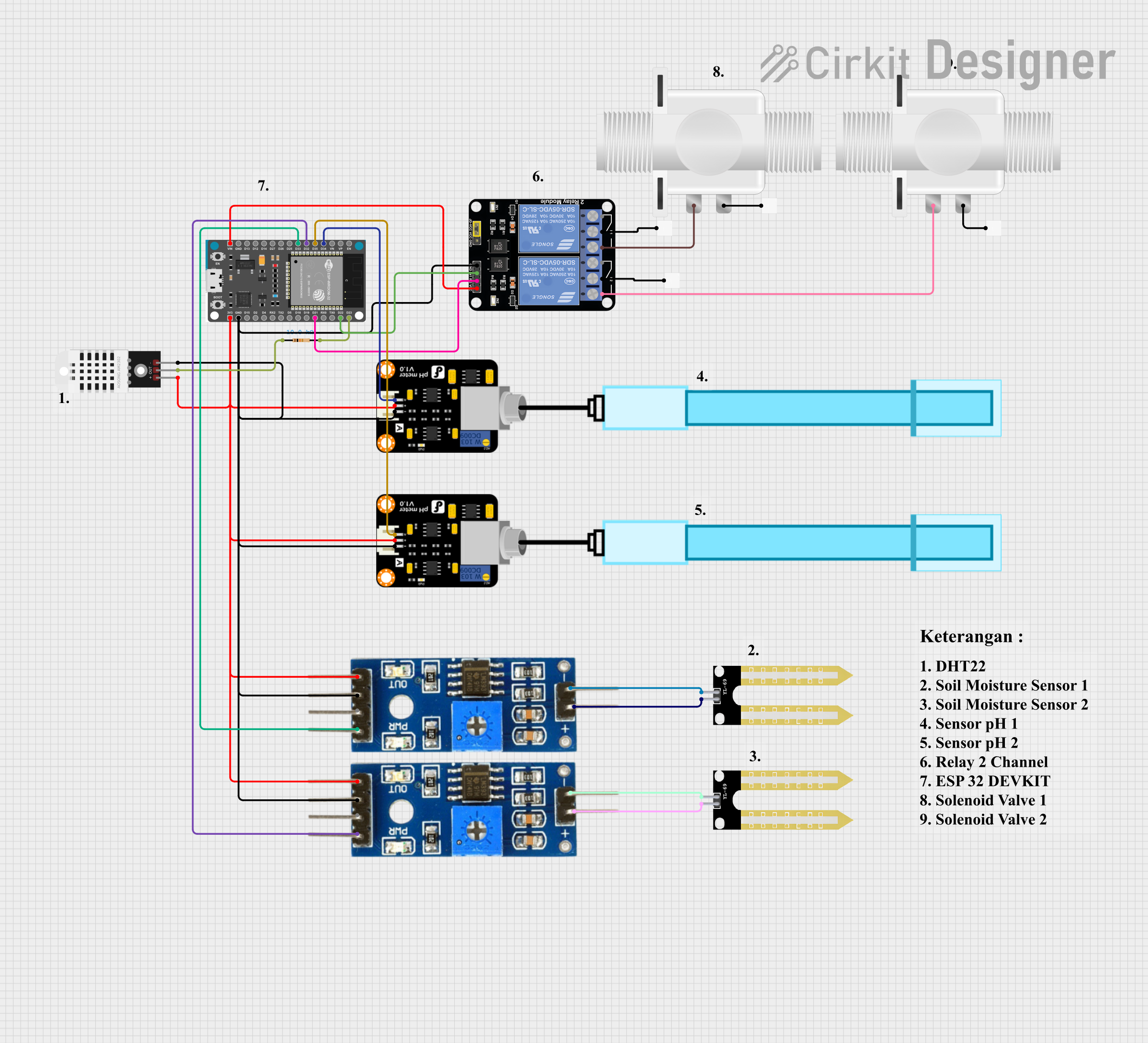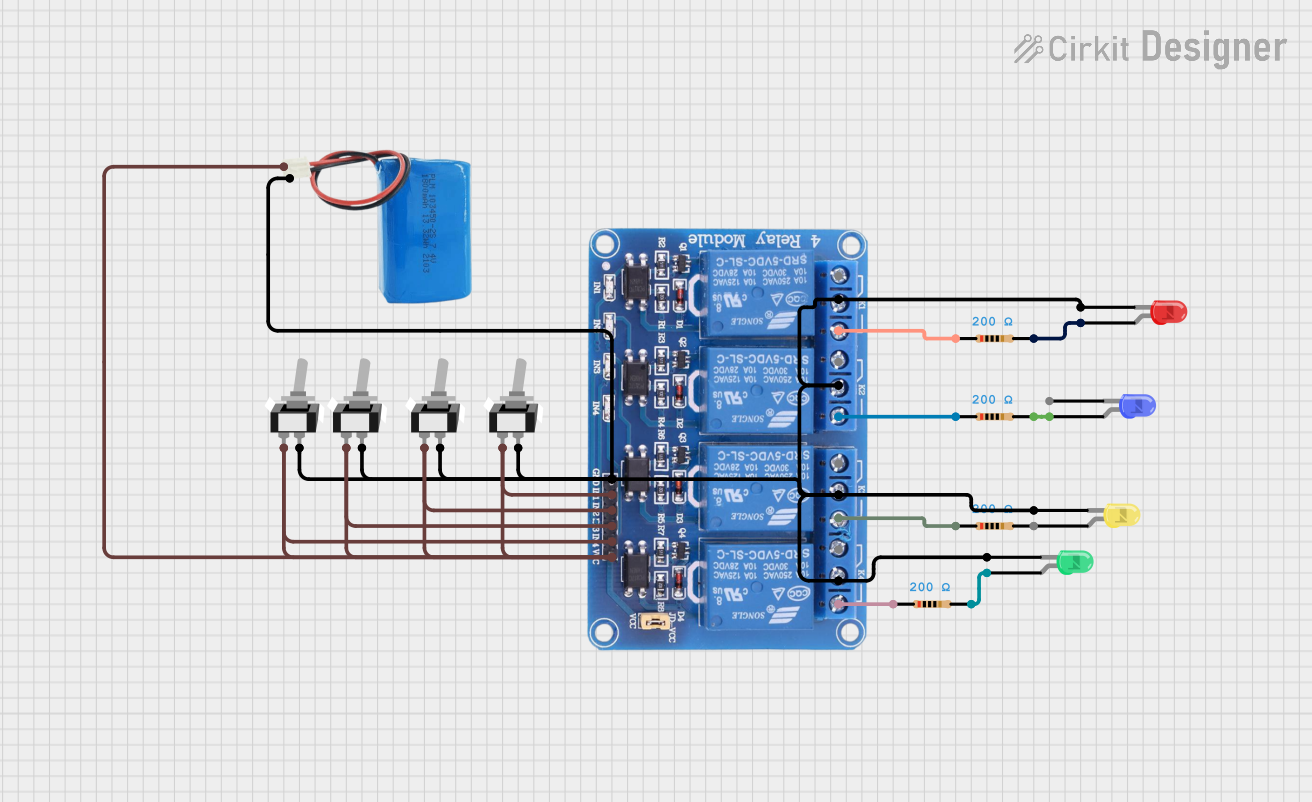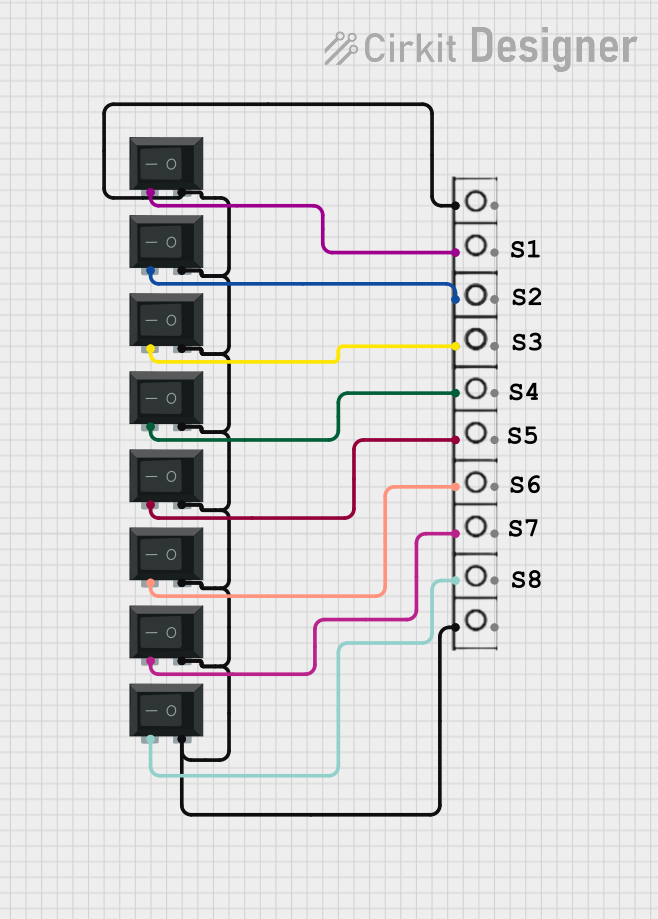
How to Use spl 1:2: Examples, Pinouts, and Specs

 Design with spl 1:2 in Cirkit Designer
Design with spl 1:2 in Cirkit DesignerIntroduction
The SPL 1:2 is a signal level splitter designed to divide an input signal into two equal output signals. It is commonly used in audio and video applications to distribute signals to multiple devices without significant loss in quality or strength. This component ensures that the original signal integrity is maintained while providing a reliable and efficient way to share signals across multiple outputs.
Explore Projects Built with spl 1:2

 Open Project in Cirkit Designer
Open Project in Cirkit Designer
 Open Project in Cirkit Designer
Open Project in Cirkit Designer
 Open Project in Cirkit Designer
Open Project in Cirkit Designer
 Open Project in Cirkit Designer
Open Project in Cirkit DesignerExplore Projects Built with spl 1:2

 Open Project in Cirkit Designer
Open Project in Cirkit Designer
 Open Project in Cirkit Designer
Open Project in Cirkit Designer
 Open Project in Cirkit Designer
Open Project in Cirkit Designer
 Open Project in Cirkit Designer
Open Project in Cirkit DesignerCommon Applications and Use Cases
- Audio signal distribution to multiple amplifiers or speakers
- Video signal splitting for monitors, projectors, or recording devices
- Signal routing in broadcasting and studio environments
- Testing and measurement setups requiring identical signal outputs
Technical Specifications
The SPL 1:2 is designed to handle a wide range of signal types while maintaining high fidelity. Below are the key technical details:
General Specifications
| Parameter | Value |
|---|---|
| Input Signal Type | Analog or Digital |
| Frequency Range | 20 Hz to 20 kHz (audio) |
| Input Impedance | 10 kΩ |
| Output Impedance | 1 kΩ |
| Voltage Range | 0.5 V to 5 V (peak-to-peak) |
| Power Supply Voltage | 5 V to 12 V DC |
| Power Consumption | < 100 mW |
| Signal Loss | < 0.1 dB |
Pin Configuration and Descriptions
The SPL 1:2 typically comes with a 5-pin interface for input, output, and power connections. Below is the pinout:
| Pin Number | Name | Description |
|---|---|---|
| 1 | VCC | Power supply input (5 V to 12 V DC) |
| 2 | GND | Ground connection |
| 3 | IN | Signal input |
| 4 | OUT1 | First signal output |
| 5 | OUT2 | Second signal output |
Usage Instructions
How to Use the SPL 1:2 in a Circuit
- Power Connection: Connect the VCC pin to a DC power source (5 V to 12 V) and the GND pin to the ground of your circuit.
- Signal Input: Connect the signal source (e.g., audio or video signal) to the IN pin.
- Signal Outputs: Connect the devices or circuits that need the split signal to the OUT1 and OUT2 pins.
- Verify Connections: Ensure all connections are secure and that the power supply voltage matches the component's requirements.
Important Considerations and Best Practices
- Impedance Matching: Ensure that the input and output devices have compatible impedance to avoid signal degradation.
- Power Supply: Use a stable and noise-free DC power supply to prevent interference in the signal.
- Signal Type: Verify that the input signal is within the supported voltage and frequency range.
- Cable Quality: Use high-quality cables to minimize signal loss and interference, especially for long cable runs.
Example: Using SPL 1:2 with an Arduino UNO
While the SPL 1:2 is not directly programmable, it can be used in conjunction with an Arduino UNO to monitor or control the signal distribution. Below is an example of how to monitor the input signal voltage using the Arduino's analog input:
// Example code to monitor the input signal voltage of SPL 1:2
// Connect the IN pin of SPL 1:2 to Arduino's A0 pin for monitoring
const int signalPin = A0; // Analog pin connected to SPL 1:2 IN pin
void setup() {
Serial.begin(9600); // Initialize serial communication at 9600 baud
pinMode(signalPin, INPUT); // Set the signal pin as input
}
void loop() {
int signalValue = analogRead(signalPin); // Read the analog signal
float voltage = (signalValue / 1023.0) * 5.0; // Convert to voltage (0-5V range)
// Print the voltage to the Serial Monitor
Serial.print("Signal Voltage: ");
Serial.print(voltage);
Serial.println(" V");
delay(500); // Wait for 500ms before the next reading
}
Troubleshooting and FAQs
Common Issues and Solutions
No Output Signal
- Cause: Power supply not connected or incorrect voltage.
- Solution: Verify the VCC and GND connections and ensure the power supply is within the 5 V to 12 V range.
Signal Loss or Degradation
- Cause: Poor cable quality or impedance mismatch.
- Solution: Use high-quality cables and ensure the input and output devices have compatible impedance.
Unequal Output Levels
- Cause: Faulty connections or damaged component.
- Solution: Check all connections and test the component with a known good signal source.
Interference or Noise in Output
- Cause: Noisy power supply or external electromagnetic interference.
- Solution: Use a regulated power supply and shielded cables to minimize interference.
FAQs
Q: Can the SPL 1:2 handle digital signals?
A: Yes, the SPL 1:2 can handle both analog and digital signals, provided they are within the specified voltage and frequency range.
Q: Is the SPL 1:2 suitable for high-frequency applications?
A: The SPL 1:2 is optimized for audio frequencies (20 Hz to 20 kHz). For higher frequencies, ensure the component's specifications meet your requirements.
Q: Can I use the SPL 1:2 without a power supply?
A: No, the SPL 1:2 requires a DC power supply (5 V to 12 V) to operate.
Q: How do I test if the SPL 1:2 is working correctly?
A: Use an oscilloscope or multimeter to measure the input and output signals. The output signals should match the input signal in amplitude and frequency.